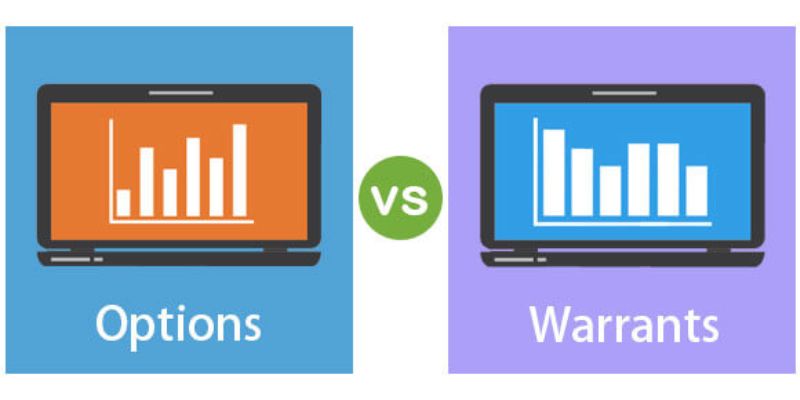
How to Read a Consumer Credit Report

How to Calculate Adjusted Gross Income (AGI) for Tax Purposes

Dividend Per Share (DPS)

Understanding Beneficiaries in Checking Accounts
APR vs. APY: A Complete Comparison
Dec 08, 2024 By Kelly Walker
APR and APY, two ways of expressing the interest rate on financial products, are often confused by consumers. You should examine the annual percentage rate (APR) and annual percentage yield (APY) given by different banks and lenders if you wish to borrow money or open a high-yield savings account.
The annual percentage rate is the sum of all interest payments made on a loan. A loan's annual percentage rate (APR) is the "actual" rate of interest paid since it includes fees and borrowing money costs. You may use the annual percentage rate (APR) to compare the cost of borrowing money from one financial institution to another when applying for a loan or a credit card.
On the other hand, Annual Percentage Yield is the rate of return calculated over a year. Commonly connected with financial products like high-yield savings accounts and CDs, it indicates the income you may earn on an account, including the compounding impact of interest.

What is APR?
The APR is a measurement of the yearly cost of borrowing money. The interest rate on an installment loan is only one component of the annual percentage rate (APR), which also includes fees that may increase the cost of borrowing, such as an origination fee.
The annual percentage rate (APR) is the interest rate you'll be charged on your credit card amount if you don't pay it in full each month. Your creditworthiness will primarily determine your annual percentage rate (APR); therefore, a higher score means a cheaper rate.
Credit card annual percentage rates (APRs) might be difficult to grasp, especially if your card has more than one APR structure. The relevant information may be in your cardholder agreement's Rates and Fees or Terms and Conditions sections.

How Does It Work?
Annual Percentage Rate (APR) does not imply that loan payments must be made annually. Depending on the loan terms, your repayment plan may be once per month or more frequently. The annual percentage rate (APR) is not the same as simple interest since it factors other costs in addition to the interest rate.
It explains why comparing interest and annual percentage rates (APR) yields different results. If the annual percentage rate (APR) is much greater than the interest rate, then you are paying a lot of interest on interest.
One crucial point is that the annual percentage rate (APR) ignores compound interest. The annual percentage rate considers numerous charges, but not all of them. The annual percentage rate (APR) may seem like the whole cost of borrowing, but it isn't, and it's likely to be lower than the amount you need to pay back each year.
What is APY?
Interest accrued on a deposit over a year is an annual percentage yield (APY) calculated by multiplying the interest rate by the number of times the interest is compounded. APY is a percentage to facilitate the comparison of interest-bearing financial instruments such as certificates of deposit, checking accounts, and savings accounts.
Interest compounds when it is added to the principal balance and any interest accumulated on it since the last time the account was reviewed (which might be daily, weekly, monthly, quarterly, or yearly). Because of this, a deposit account's annual percentage yield (APY) is typically larger than the interest rate.
How Does It Work?
Banks and other financial organizations commonly provide interest rates to their customers using annual percentage yield (APY). This number is typically seen in savings accounts. The earnings potential is proportional to the annual percentage yield (APY).
If you're looking for a high rate, high-interest savings accounts are your best choice. A guaranteed investment certificate (GIC) offers an attractive return rate for those willing to keep their money locked up.
Compound interest is taken into account in APY but not in APR. The annual percentage yield (APY) does not include any fees; nonetheless, it is in the bank's or financial institution's best interest to make this number look as high as possible to attract your business.
APR Vs. APY
When discussing interest rates, there is no clear winner between annual percentage rate (APR) and annual percentage yield (APY) because they serve different purposes. APR is the rate at which interest is owed, whereas APY measures interest earned. Although both purport to depict payments and earnings accurately, they fail to account for some costs.
Banks and financial companies use APY to make the returns on your savings appear as high as possible, in contrast to APR, whose purpose is to make the cost of borrowing look as minimal as feasible. The primary purpose of both is to pique a potential customer's interest in the monetary product being offered, be it a loan, credit card, or savings account.
It is best to study the fine print and understand more about these statistics when shopping for financial goods since neither is perfect but sufficiently determines overall interest than the usual interest rate.
How Are APR and APY Used?
The annual percentage rate (APR) used by most credit card firms is compounded monthly, but the annual percentage rate used by most mortgage lenders is the same as the annual percentage yield (APY).
Credit card debt carries a high APR, to begin with, but the annual percentage yield is far higher than the quoted APR, and late payments can incur even more fines. Credit card firms and other consumer lenders have a bad image because they use tactics like monthly interest compounding rather than yearly interest compounding to imprison further individuals already in debt.
Conclusion:
Although both annual percentage rate (APR) and annual percentage yield (APY) refer to accrued or paid interest, they are not identical. APR is the rate you pay, and APY is the rate paid by a financial institution like a bank or brokerage. While your credit history and score will affect your interest rate, your account balance is a stronger indicator of whether you'll qualify for a higher annual percentage yield.

What Exactly Is Trading Before And After The Market Opens

Which Is Better, a No-Penalty CD or a High-Yield Savings Account?

Deciding on a Personal Loan: A Student's Guide

Understanding Warrants and Call Options

Available Balance: An Overview

Explain Different Types of Checking Accounts

ETF Dividend Payments: How it works?

